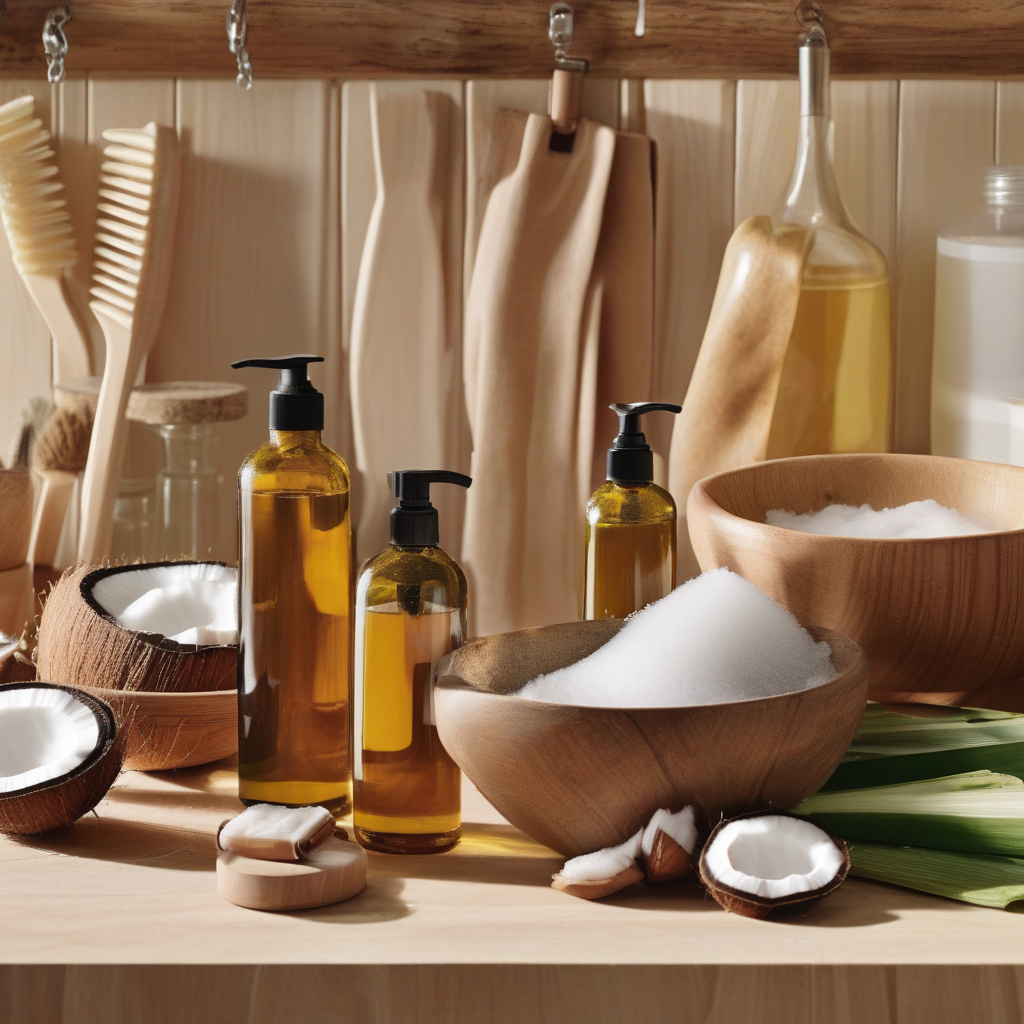Is Homemade Shampoo A Recession Indicator?
In recent times, a peculiar trend has been sweeping across social media platforms, particularly TikTok. DIY haircare recipes featuring ingredients like red onions and stovetop rice water have been gaining immense popularity, sparking discussions about whether these trends are merely fads or indicative of a more profound societal shift. Could the rise of homemade shampoo recipes be a subtle indicator of economic uncertainty and a desire for more sustainable, cost-effective beauty solutions?
The phenomenon of DIY haircare recipes gaining traction on platforms like TikTok is not merely a coincidence. In times of economic instability, people often turn to homemade alternatives as a way to save money and reduce their reliance on commercial products. The recent surge in interest in DIY shampoo recipes could be a response to the financial challenges many individuals are facing, especially in the wake of the global pandemic.
One of the key ingredients in these homemade shampoo recipes is red onions. Advocates of this unconventional ingredient claim that it can promote hair growth, prevent hair loss, and improve overall scalp health. While scientific evidence supporting these claims is limited, the allure of using natural ingredients and avoiding potentially harmful chemicals found in commercial shampoos is undeniable. In uncertain economic times, consumers are increasingly drawn to products that offer natural, cost-effective solutions to their everyday needs.
Similarly, stovetop rice water has emerged as another popular ingredient in DIY haircare recipes. Rice water is believed to have various benefits for hair, including strengthening hair strands, reducing split ends, and adding shine. By incorporating simple and readily available ingredients like rice water into their beauty routines, individuals can take a more proactive approach to caring for their hair without breaking the bank.
The rise of homemade shampoo recipes on social media platforms like TikTok also reflects a broader cultural shift towards sustainability and eco-conscious living. As more people become aware of the environmental impact of traditional beauty products, they are seeking out alternatives that are both budget-friendly and environmentally friendly. Homemade shampoo recipes offer a way for individuals to reduce their carbon footprint and minimize waste while also saving money in the process.
While DIY haircare recipes made with red onions and stovetop rice water may seem like a passing trend, they could signify a more significant change in consumer behavior. In times of economic uncertainty, people are increasingly looking for ways to cut costs without sacrificing quality or efficacy. By embracing homemade beauty solutions, individuals can take control of their self-care routines and prioritize their well-being in a more sustainable and affordable way.
As we navigate through uncertain economic times, the popularity of homemade shampoo recipes serves as a reminder of the resilience and creativity of consumers. By exploring alternative beauty solutions and embracing DIY approaches to self-care, individuals can adapt to changing circumstances while also advocating for a more sustainable and mindful way of living.
In conclusion, the rise of DIY haircare recipes featuring ingredients like red onions and stovetop rice water on platforms like TikTok may indeed be more than just a passing fad. Instead, it could be a reflection of evolving consumer preferences towards cost-effective, sustainable, and natural beauty solutions in the face of economic uncertainty.
#DIYshampoo, #HomemadeBeauty, #EconomicIndicator, #SustainableLiving, #CostEffectiveBeauty












